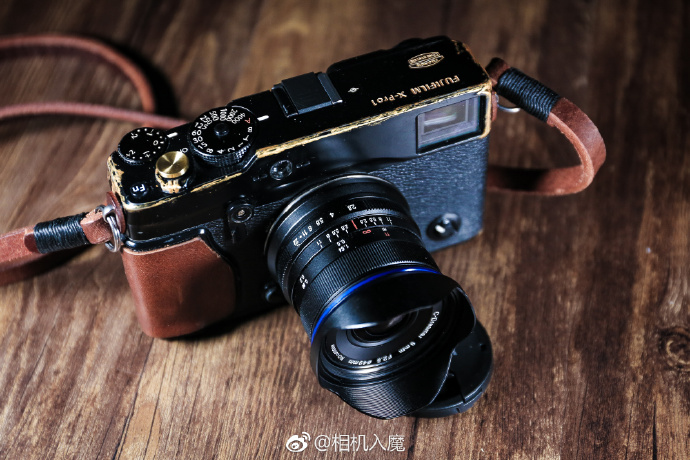
The Laowa 9mm f/2.8 Zero-D can now be pre-ordered from VenusOptics / B&H Photo / Adorama and soon at Amazon.
Extreme ultra-wide lenses are never perfect. Keeping this in mind the Laowa is pretty good indeed. It’s super-sharp in the image center and if you avoid f/2.8, the borders/corners are decent. Lateral CAs are generally not an issue. Image distortions are extremely low for a lens of this focal length – and that’s without image auto-correction. The primary weakness is vignetting which is rather extreme at max aperture. However, at medium aperture settings, it’s a lesser issue outside of lab conditions. Flare in strong contra-light can produce quite a bit of glare – a generally weaker aspect in Laowa lenses it seems.
The Laowa 9mm f/2.8 Zero-D may have some shortcomings but that being said we really enjoyed using the lens out there. In real life, the fully manual character wasn’t really an issue. Given the depth-of-field of a 9mm lens you can pretty much guess the focus distance and if needed for close-ups, you can just use magnified focus view in your camera. For most of us, a 9mm lens is quite exotic already thus it shouldn’t be a burden when carrying it. The form and size factor is pretty perfect if these are your constraints as well. We heard that the Laowa 7.5mm f/2 MFT is pretty popular among the drone folks. The 9mm f/2.8 Zero-D has the potential to do the job (and more) on APS-C mirrorless cameras.
I LOVE THIS LENS! – It’s as simple as that. It’s such and amazing performer, especially when you take the small size into account. It has great built quality and it just ticks all the right boxes for me. And at a suggested retail price of USD $499 I wouldn’t hesitate a second to recommend everyone who like wideangle photography on the Fujifilm X-series system to buy one! Easily one of the most usable lenses I’ve ever mounted on my X-series system (And I have mounted A LOT over the years!)
Of course, this lens is manual focus only, so you’ll need to be comfortable with using on of Fujifilm’s focus assist modes to get sharp images. However, as we know, wide angle lenses have an inherently deep depth of field, so it is quite easy to get things in perfect focus. But, during my experiments, I didn’t notice any other aberrations like colour fringing. The lens is extremely sharp once you lock in focus and it resolves plenty of detail in the centre of the frame. The corners are a little soft wide open, but very sharp once stopped down.
